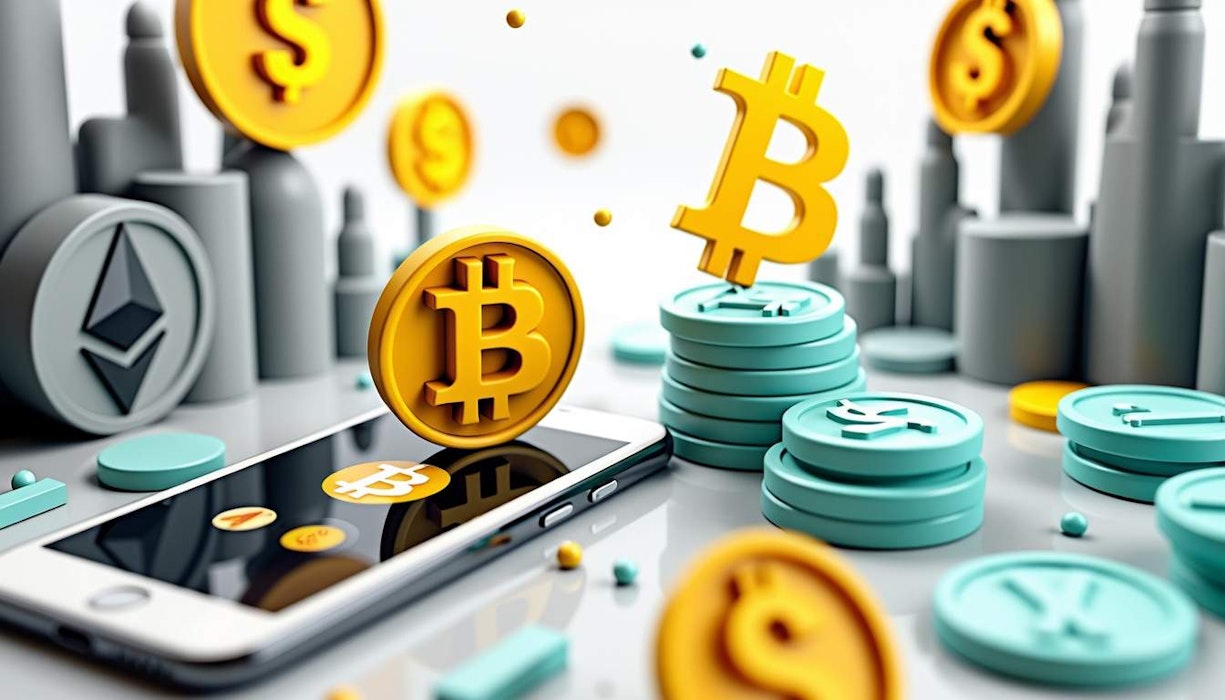As digital currencies continue to evolve, the question becomes more pressing: can stablecoins really replace traditional fiat currencies? BOK Governor Rhee Chang-yong has raised some important flags about the risks and regulatory hurdles that stablecoins face. This article takes a closer look at both stablecoins and Central Bank Digital Currencies (CBDCs), exploring their potential roles in the future of finance and what it could mean for all of us.
Understanding Stablecoins and CBDCs
We're living in an interesting time in finance. On one side, you have stablecoins—digital assets pegged to stable things like the U.S. dollar, designed to keep volatility at bay. Then there are CBDCs, which are basically digital versions of a country’s fiat currency, issued by central banks. Both types aim to make financial systems more efficient and inclusive, but they come with their own sets of challenges.
The Regulatory Maze
The Case for Stablecoins
Stablecoins operate mostly under private governance and have to deal with a patchwork of regulatory bodies. They need to comply with all sorts of rules, including anti-money laundering (AML) and know-your-customer (KYC) laws. The decentralized nature of many stablecoins complicates things further; it makes it hard for regulators to keep an eye on everything or even enforce rules effectively. Plus, if the entities behind them aren’t transparent about their reserve assets, we could be looking at some serious risks down the line.
Enter CBDCs
On the flip side, CBDCs are born from central banks, which means they’re already set up to follow all applicable laws and regulations. This kind of centralized control gives them a built-in level of trust and aligns them with national monetary policies aimed at maintaining financial stability. However, creating a CBDC isn’t as simple as just issuing one; it involves overcoming various technological challenges.
Risks Involved
For Stablecoins
Stablecoins aren’t without their operational risks either. There’s user risk—what happens when people lose faith? There’s systemic risk—could one failure take down everything? And then there’s asset risk—if the reserves aren’t what they say they are, chaos could ensue. During extreme market conditions, even well-structured stablecoins can face de-pegging issues.
And For CBDCs
Let’s not forget that CBDCs carry the same risks as the fiat currencies they represent. If something goes wrong with the underlying currency—say it gets banned or devalued—the CBDC would be toast too. Plus, there are new risks introduced by having a central authority that can mint or burn these digital coins at will.
Bridging Stablecoins into Traditional Finance
A Path Forward?
So how do we make sense of this? One avenue is engaging in dialogue between private issuers and public authorities to establish clear rules on how these coins should operate.
Building Trust Through Compliance
Another step is creating solid compliance frameworks so that everyone knows what’s expected—and those expectations are met.
Collaboration is Key
Finally, working together with existing financial institutions could pave the way for systems where stablecoins fit seamlessly into traditional banking services.
Why CBDCs Might Win Out
One big advantage for CBDCs is their potential for enhancing financial inclusion—especially in areas where traditional banking services are scarce or non-existent.
Summary: A Cautious Approach
Governor Rhee Chang-yong's comments highlight an important point: while there are exciting possibilities on the horizon with these digital currencies, we need to tread carefully. Without addressing key issues like regulatory oversight and potential mismanagement, it's unlikely that stablecoins will fully replace fiat currencies anytime soon.
As we move forward into this brave new world of finance, cooperation among central banks, established financial players, and innovative tech firms will be essential in ensuring that our future monetary systems are both effective and secure.
